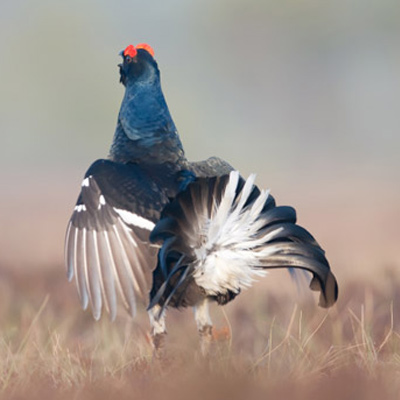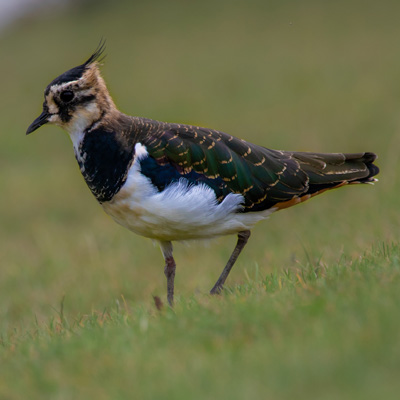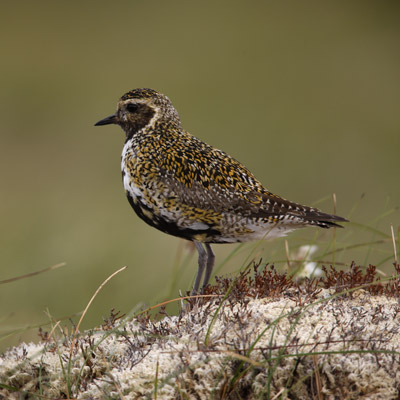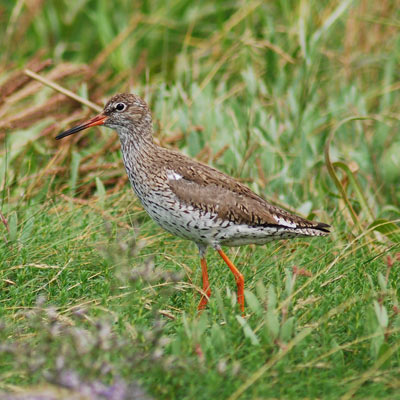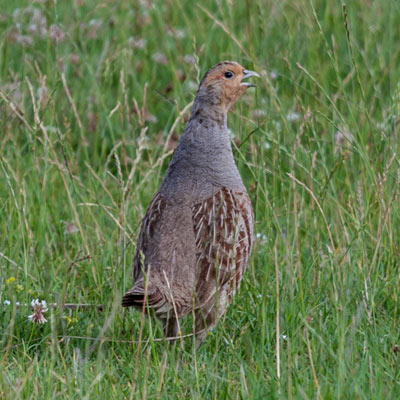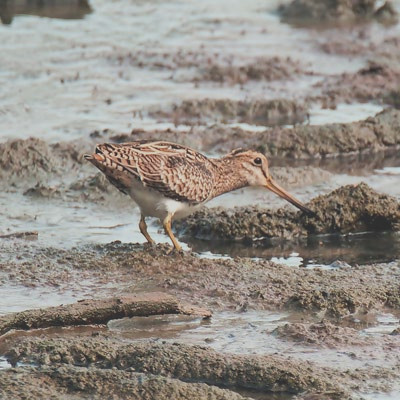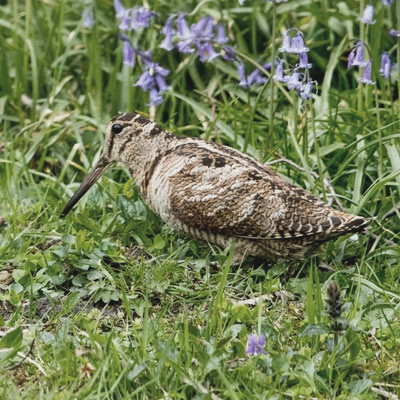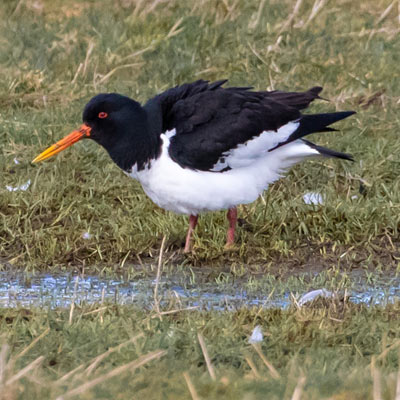Why We Do It
- Home
- Why We Do It

Protection and restoration of unique upland habitat
Over the last century, the numbers of black grouse and waders have declined dramatically due to habitat loss, climate change and predation.
Waders spend the winter on mudflats and saltings of coastal areas but return to the high moors for breeding. If their habitat is not protected and in many areas restored, they will be lost from the uplands and their already declining numbers will decrease even further.
Management for black grouse and waders also benefits other species such as owls who prefer meadowland for hunting, detecting noise with its asymmetric arrangement of ears which is easier above grassland. Skylark which nests on the hay meadows, butterflies, invertebrates, reptiles, voles and many more, establishing a more diverse and richer countryside.
-
Upland edges are important feeding areas for curlew and lapwing.
-
High altitude blanket bogs are important for golden plover.
-
Damp upland meadows with low levels of grazing are used by ground-nesting waders.
-
Areas of rush vegetation provide important cover and food for nests and chicks as well as the drumming snipe in the spring.
-
Hay meadows provide a source of nectar for butterflies and other invertebrates. They may not have a direct agricultural food value but contribute to the balance of nutrients and provide the wildlife with a food source and nesting area.
-
Key peat-building plants such as sphagnum moss and dwarf shrubs enhance the capture and retention of carbon as bare peat releases carbon.
-
Native trees such as juniper and rowan provide a food source for black grouse.
Conservation of endangered upland wildlife
The Trust works to identify workable conservation solutions for the benefit of these threatened upland species.

